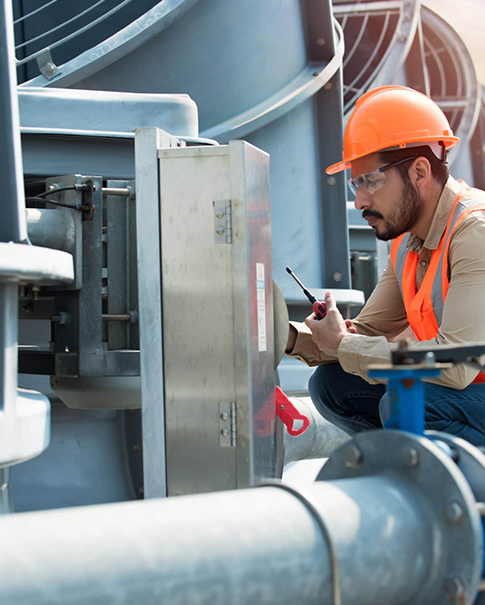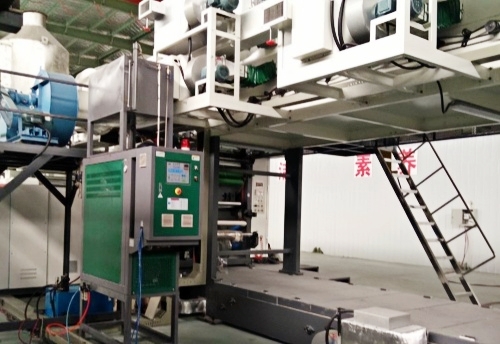
The application of Hengde mold temperature controller and chiller in the construction industry is mainly used for temperature control of aluminum-plastic panel production lines and concrete mixing plants.

Aluminum-plastic panels can be used for building exterior walls or home decoration. In the production process of aluminum-plastic panels, aluminum panels and plastic core materials need to be compounded. The mold temperature controller can accurately control the heating temperature in a short time to ensure that the aluminum panel and plastic core material are evenly heated during the compounding process. This helps to improve the bonding strength and flatness of the aluminum-plastic panel and reduce surface defects such as bubbles and delamination. For example, after heating the aluminum panel and the plastic core material to a specific temperature, they are tightly combined through a hot pressing process. The uniform heating of the mold temperature controller can ensure the consistent quality of the entire panel. At the same time, by accurately controlling the temperature, the mold temperature controller can avoid overheating or unnecessary heating, thereby reducing energy consumption.
The mold temperature controller can also provide a stable temperature to accelerate the hydration reaction of concrete, thereby shortening the curing time. For example, during winter construction, the mold temperature controller can control the curing temperature within a suitable range to prevent the concrete from being damaged by freezing due to low temperature. In a concrete mixing plant, raw materials such as cement, aggregates and water will generate a lot of heat during the mixing process. If not cooled in time, the temperature of the concrete will be too high, affecting the quality and construction performance of the concrete. The chiller can provide cooling water for the concrete mixing plant to reduce the temperature of the concrete. For example, in hot summer weather, the chiller can control the temperature of the concrete below 30℃ to ensure that the slump and fluidity of the concrete meet the construction requirements. At the same time, the chiller can also adjust the cooling water volume and water temperature according to the concrete mix ratio and mixing time to achieve the best cooling effect.